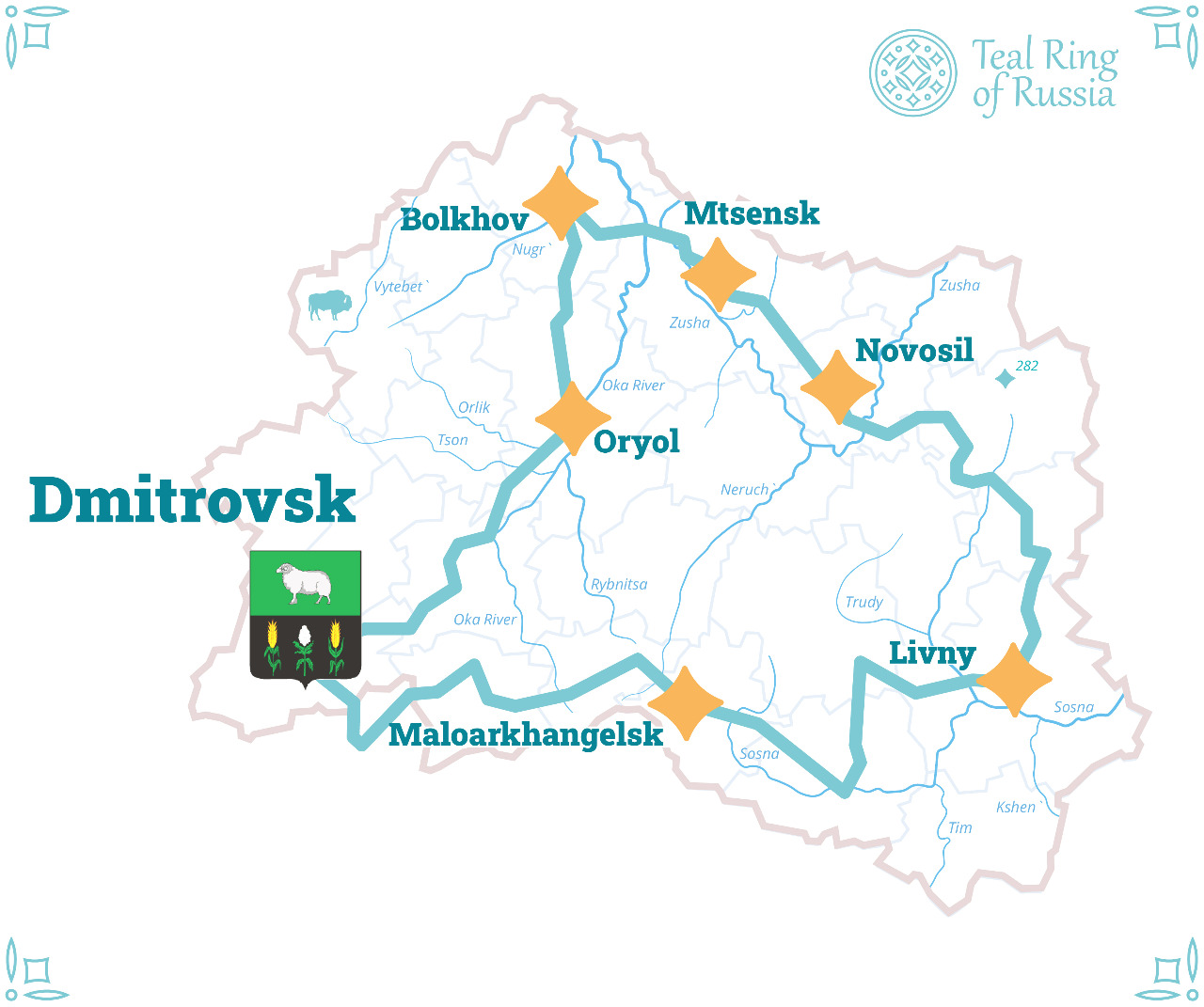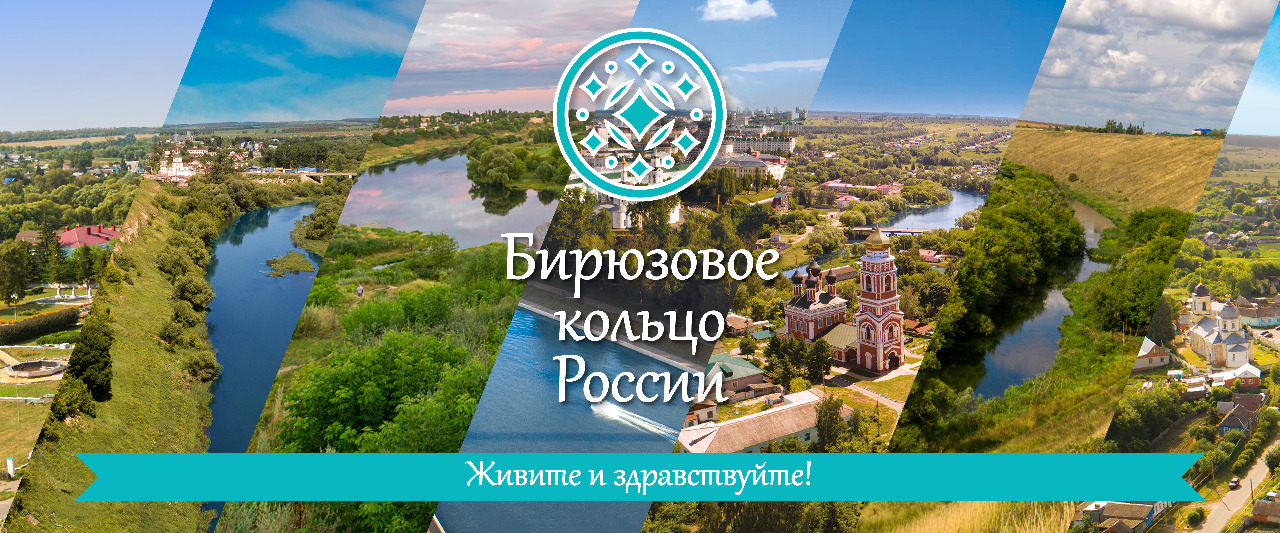The city of Dmitrovsk is located at the confluence of the Nerussa and Obscheritsa rivers. In 1711, the Moldavian ruler Dmitry Cantemir accepted Russian citizenship and Peter I presented his associate with an estate in the then Sevsky district.
Kantemir settled Moldavians, Wallachians, Bashkirs and Little Russians in his vast estate. In 1715, on the instructions of Kantemir, a manor house with a palace, a park that has survived to this day, and outbuildings was built in the village of Dmitrovka (named after Kantemir).
In 1721, next to the estate, on the high bank of the Obshcheritsa, the construction of the church of Demetrius of Solunsky, which at first was the house church of the Cantemirs, began. The temple became the only work in the Orel region in the style of Peter the Great Baroque. After the death of Dmitry Kantemir in 1723, the estate in Sevsky district was successively owned by his sons: Konstantin, Matvey and Sergey.
By the decree of Catherine II of June 25, 1782, she transformed the village into the city of Dmitrov. The Moscow-Kiev highway passed through the city.
Since 1973, the Dmitrov Historical and Ethnographic Museum has been operating.


